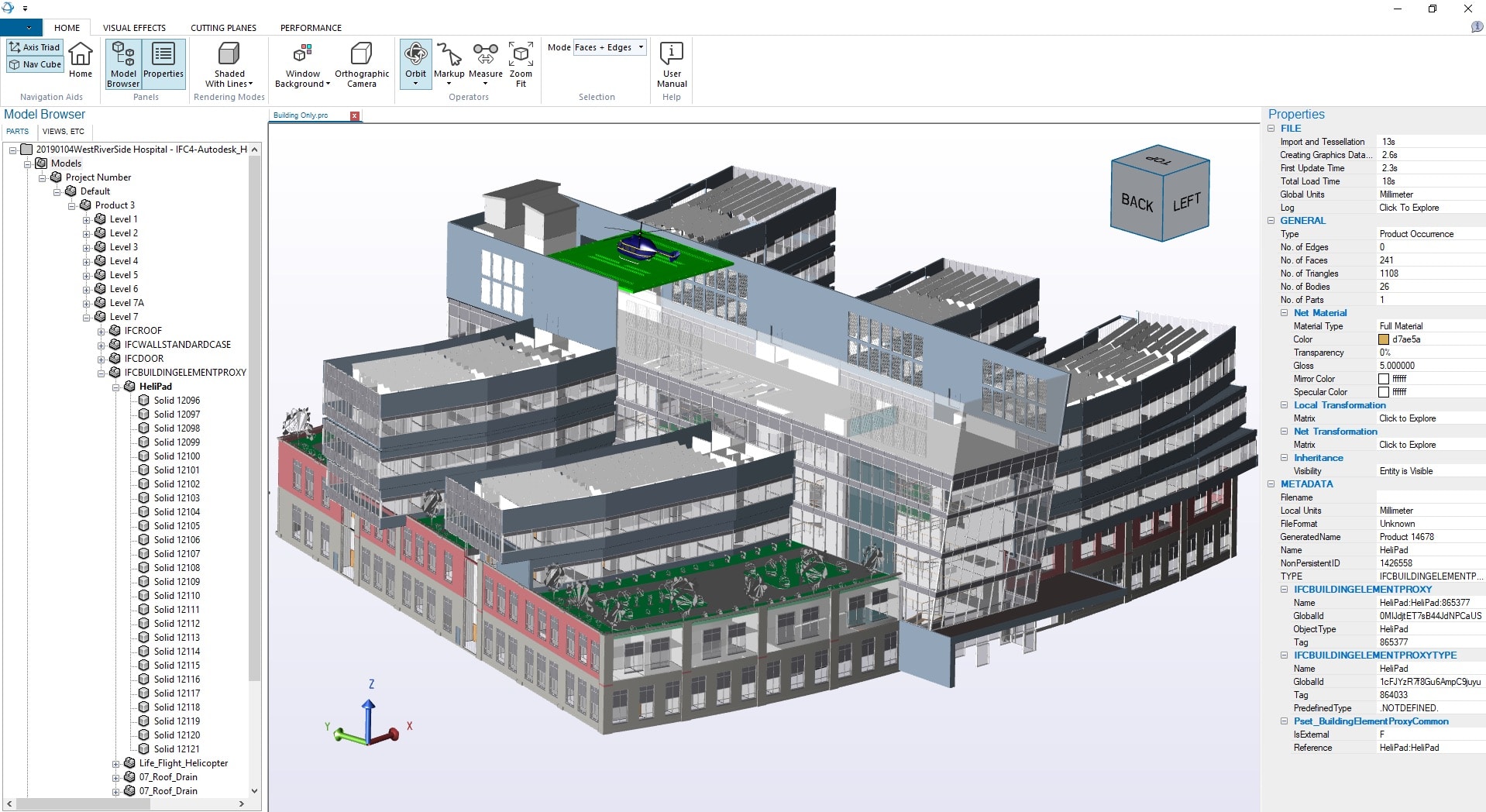The construction industry is on the rise, in more ways than one:

The construction industry’s digital transformation.
Following the Industrial strategy that saw the construction industry gain a huge increase in funds back in 2017. Chosen as one of the four key industries to receive a government boost as part of the long-awaited new Industrial Strategy; it now seems that the construction sector will continue to be a major component in the strengthening the Uk's economy over the following years to come.
Digitalisation?
The construction industry as a whole has always been slow to adopt new technology, but now it has become vital to make use of all innovative tech that could improve productivity and in-turn generate more income across the board. Touching every aspect of how organisations design, manufacture, procure, build and operate built assets the modernisation is in full force, this doesn't mean a lack of job opportunities because robots have taken over! In fact, quite the opposite modern tools and general digitalisation will be beneficial to workers making their job safer, easier and more profitable.
There are small implications, one example we see are 360-degree cameras, which were not intended for construction at all, but rather for lifestyle and extreme sports. Construction companies are using these to capture images in every space and room of the building under construction, creating a living digital version of the job site.
Rather than snapping part of this wall or that column, one-click captures the entire space. Sites are complex, but these cameras allow you to see everything, including something, happening in a corner you may not have cared about a week ago, but care about today.
But there are also major implications that can greatly improve output...A good example is a Virginia-headquartered start-up, Pype, whose platform lets you upload a project’s entire specification, thousands of PDFs, and its algorithms can detect crucial, time-sensitive tasks, such as the need to submit a carpet sample to the architect weeks prior to ordering it. It used to take people several weeks to scour piles of documents in order to manage that; now it takes minutes, even seconds.
Another great technological advancement that is being used more and more is BIM or Building Information Modeling. This is a technique that is used to design and document building and infrastructure designs, this means that buildings plans can be looked at in high detail, used for analysis to explore design options and to create visualisations that help stakeholders, workers, architects understand what the building will look like before it’s built. The model is then used to generate the design documentation for construction.
An example of BIM.
Get involved!
If you want to get involved in such a developing sector then Able Skills, can help you get there, we run a variety of construction courses designed to give you specific construction training that will be relevant and applicable to the workplace, upon completion you will receive a qualification and will be able to apply for a CSCS card that will allow you to work on-site!
- Plastering Courses
- Carpentry Courses
- Bricklaying Courses
- Tiling Courses
- Decorating Courses
- And a range of Multi-Skills Courses
Within each trade, there is an abundance of diffrent course types, the course you choose will depend on how confident you are in the subject already. For example, if you are not so experienced in Bricklaying but you are looking to learn then start with Introduction to Birkclaying, then move on to a Diploma or City & Guilds Bricklaying course. Upon completion of these Bricklaying courses, we can also help you on the route towards achieving an NVQ!
Ready to enrol?
If you would like to contact us about any of the Construction training or Bricklaying courses listed throughout this article or for information about any of our training, then do not hesitate to give us a call on 01322 280 202! Or you can come straight down to our office we are open every single day from Monday - Sunday between the hours of 8:30 - 4:30.
